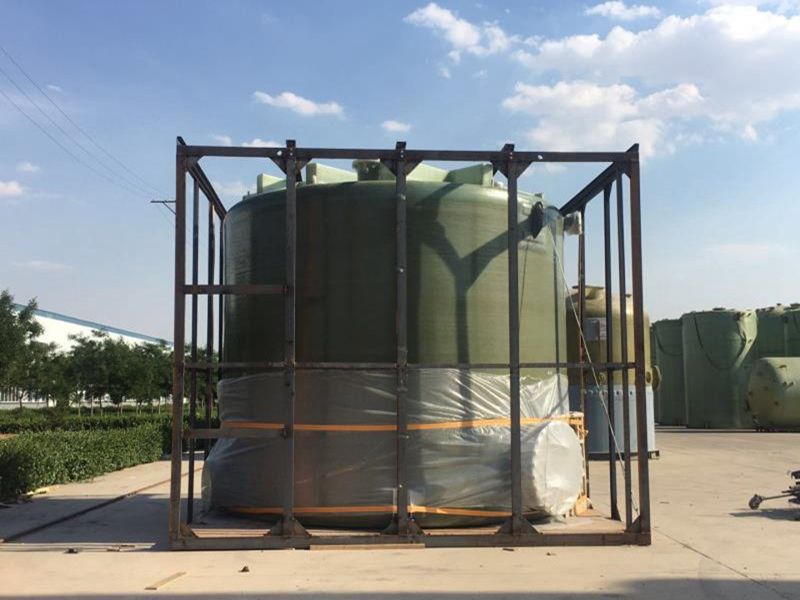
-
 Afrikaans
Afrikaans -
 Albanian
Albanian -
 Amharic
Amharic -
 Arabic
Arabic -
 Armenian
Armenian -
 Azerbaijani
Azerbaijani -
 Basque
Basque -
 Belarusian
Belarusian -
 Bengali
Bengali -
 Bosnian
Bosnian -
 Bulgarian
Bulgarian -
 Catalan
Catalan -
 Cebuano
Cebuano -
 China
China -
 China (Taiwan)
China (Taiwan) -
 Corsican
Corsican -
 Croatian
Croatian -
 Czech
Czech -
 Danish
Danish -
 Dutch
Dutch -
 English
English -
 Esperanto
Esperanto -
 Estonian
Estonian -
 Finnish
Finnish -
 French
French -
 Frisian
Frisian -
 Galician
Galician -
 Georgian
Georgian -
 German
German -
 Greek
Greek -
 Gujarati
Gujarati -
 Haitian Creole
Haitian Creole -
 hausa
hausa -
 hawaiian
hawaiian -
 Hebrew
Hebrew -
 Hindi
Hindi -
 Miao
Miao -
 Hungarian
Hungarian -
 Icelandic
Icelandic -
 igbo
igbo -
 Indonesian
Indonesian -
 irish
irish -
 Italian
Italian -
 Japanese
Japanese -
 Javanese
Javanese -
 Kannada
Kannada -
 kazakh
kazakh -
 Khmer
Khmer -
 Rwandese
Rwandese -
 Korean
Korean -
 Kurdish
Kurdish -
 Kyrgyz
Kyrgyz -
 Lao
Lao -
 Latin
Latin -
 Latvian
Latvian -
 Lithuanian
Lithuanian -
 Luxembourgish
Luxembourgish -
 Macedonian
Macedonian -
 Malgashi
Malgashi -
 Malay
Malay -
 Malayalam
Malayalam -
 Maltese
Maltese -
 Maori
Maori -
 Marathi
Marathi -
 Mongolian
Mongolian -
 Myanmar
Myanmar -
 Nepali
Nepali -
 Norwegian
Norwegian -
 Norwegian
Norwegian -
 Occitan
Occitan -
 Pashto
Pashto -
 Persian
Persian -
 Polish
Polish -
 Portuguese
Portuguese -
 Punjabi
Punjabi -
 Romanian
Romanian -
 Russian
Russian -
 Samoan
Samoan -
 Scottish Gaelic
Scottish Gaelic -
 Serbian
Serbian -
 Sesotho
Sesotho -
 Shona
Shona -
 Sindhi
Sindhi -
 Sinhala
Sinhala -
 Slovak
Slovak -
 Slovenian
Slovenian -
 Somali
Somali -
 Spanish
Spanish -
 Sundanese
Sundanese -
 Swahili
Swahili -
 Swedish
Swedish -
 Tagalog
Tagalog -
 Tajik
Tajik -
 Tamil
Tamil -
 Tatar
Tatar -
 Telugu
Telugu -
 Thai
Thai -
 Turkish
Turkish -
 Turkmen
Turkmen -
 Ukrainian
Ukrainian -
 Urdu
Urdu -
 Uighur
Uighur -
 Uzbek
Uzbek -
 Vietnamese
Vietnamese -
 Welsh
Welsh -
 Bantu
Bantu -
 Yiddish
Yiddish -
 Yoruba
Yoruba -
 Zulu
Zulu
Durable and Lightweight Solutions with Fiberglass Reinforced Plastic Tanks for Various Applications
Fiberglass Reinforced Plastic Tanks A Comprehensive Overview
Fiberglass Reinforced Plastic (FRP) tanks have become an increasingly popular choice in various industries due to their remarkable properties and versatility. Constructed from a combination of plastic resin and fiberglass, these tanks offer a unique blend of strength, durability, and corrosion resistance, making them ideal for a wide range of applications including chemical storage, water treatment, and waste management.
Fiberglass Reinforced Plastic Tanks A Comprehensive Overview
The lightweight nature of FRP is another notable benefit. These tanks are significantly lighter than their metal or concrete counterparts, making them easier to transport and install. This characteristic not only reduces shipping costs but also allows for more flexible installation options, particularly in locations where heavy machinery may not be accessible. Additionally, the reduced weight of FRP tanks can lead to lower structural support requirements, saving on construction costs.
fiberglass reinforced plastic tanks

FRP tanks are also known for their excellent thermal insulation properties. The composite materials used in their construction help to maintain stable temperatures within the tank, which can be crucial for specific applications requiring temperature-sensitive materials. This insulating effect can enhance the longevity and effectiveness of stored substances, thus improving operational efficiency.
Moreover, the versatility of FRP tanks is reflected in their customizable design. Manufacturers can tailor the size, shape, and specific resin formulations of the tanks to meet the unique needs of different applications. This adaptability allows for the creation of special features such as manholes, access ports, and various fitting options, providing a solution that can fit seamlessly into existing systems.
Despite their many advantages, it is essential to consider the potential drawbacks of FRP tanks. While they offer longevity and performance, improper manufacturing processes can lead to weak points in the structure. Therefore, it is crucial to choose a reputable supplier with a track record of producing high-quality FRP products. Additionally, UV exposure can degrade some types of fiberglass if they are not properly coated, so it’s advisable to use protective finishes for outdoor installations.
In conclusion, fiberglass reinforced plastic tanks present a robust and reliable solution for various industrial applications. Their resistance to corrosion, lightweight design, thermal insulation properties, and customizability make them an attractive choice for businesses looking to enhance their storage capabilities. As industries continue to evolve and require more specialized solutions, the role of FRP tanks is likely to expand, solidifying their place in modern infrastructure and operational processes.









